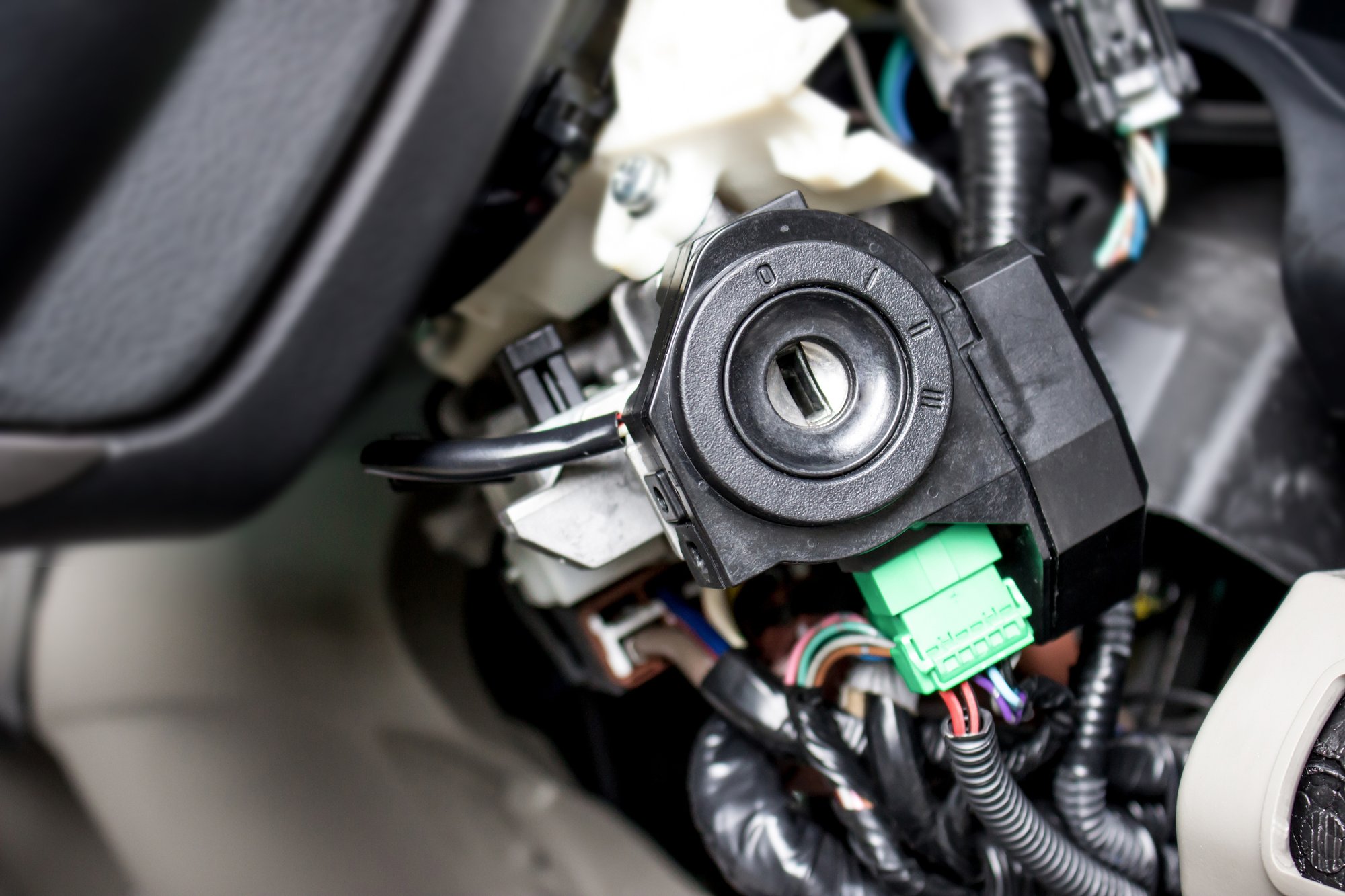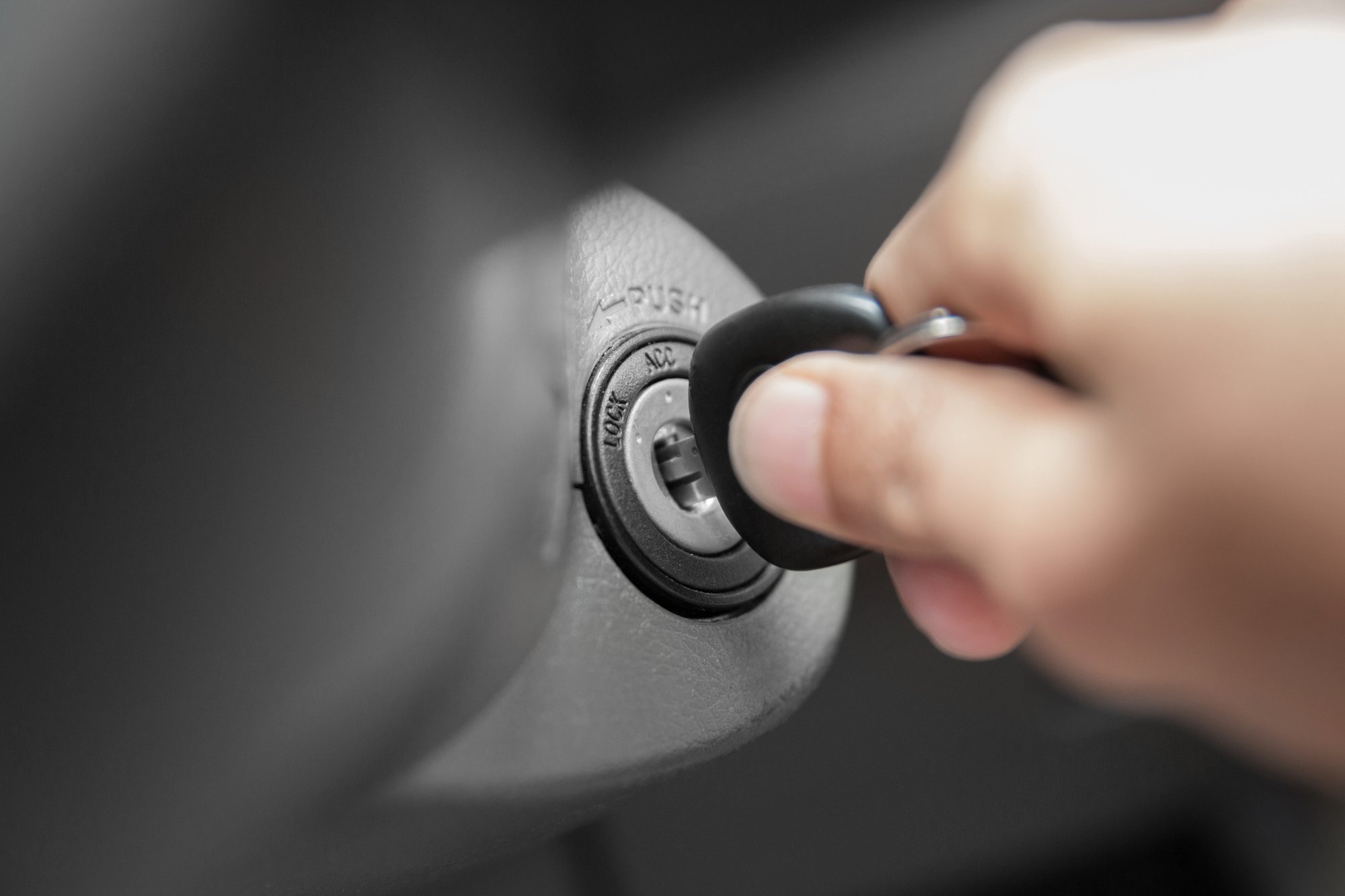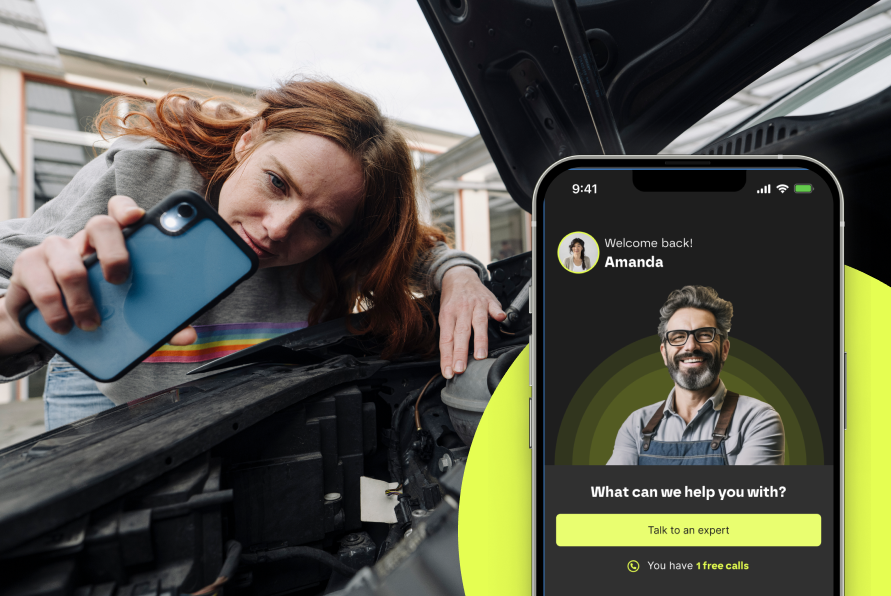Ignition Switch Problem
DIY Solutions
Your vehicle's ignition switch is a critical electrical component that powers your car's essential systems and starts the engine. When an ignition switch fails, it can leave you stranded, unable to start your engine, or experiencing intermittent electrical issues. Tinker DIY helps vehicle owners identify ignition switch problems through expert guidance, providing the knowledge and confidence to address these issues without expensive trips to the dealer.


Signs of a Failing Ignition Switch
Recognizing the early warning signs of ignition switch problems can save you from being stranded and prevent more extensive damage to your vehicle's electrical system. Catching these symptoms early allows for timely intervention before complete failure occurs, saving you time and money.
Causes of an Ignition Switch Problem
Ignition switch issues typically develop from several common sources. Understanding these underlying causes helps diagnose your specific problem accurately and determine whether a repair or replacement is the right solution for your vehicle.
Damaged wiring harness or poor connection leads to electrical shorts. This can cause intermittent functioning or complete switch failure.
Problems with the key cylinder mechanism affect the switch operation. Worn tumblers or misalignment prevents proper contact.
Some vehicles have known issues with ignition switch parts. Certain models have specific part numbers with documented manufacturing defects.
Impact to the steering column can damage the ignition switch assembly. Accidents or attempted theft can misalign the steering lock mechanism.

Tinker: Instant, one-on-one Expert help for Auto DIYers
Start growing and sharing your auto DIY skills on Tinker.Try it at no cost! Launching on Oct 16th, 2023.

Get Professional Ignition Switch Help
From Tinker DIY
Save hundreds of dollars by avoiding trips to the dealer or repair shop for ignition switch problems. The average repair shop charges $150-300 for labor alone to replace an ignition switch, but with Tinker DIY, you'll pay a fraction of that cost while gaining valuable knowledge about your vehicle's electrical system. Our experts walk you through each step, from accessing the switch behind the steering column to testing electrical connections and properly installing a new ignition switch. By empowering you with professional expertise and confidence, Tinker DIY helps you complete repairs that might otherwise seem intimidating, all while developing skills you can use for future maintenance and repairs.
Your Questions, Answered
-
Can I fix an ignition switch problem myself?
Yes, with proper guidance. Most ignition switch replacements require basic tools and approximately 1-2 hours. Tinker DIY experts can guide you through accessing the switch located in the steering column and safely replacing it without specialized tools.
-
What causes my car to stall unexpectedly while driving?
Unexpected stalling typically occurs when the ignition switch has worn internal contacts that momentarily disconnect while driving. Vibrations can cause these bad contacts to separate, cutting power to your engine's electrical systems and fuel delivery.
-
How often should I inspect my ignition switch?
You don't need regular maintenance for the ignition switch itself, but watch for early symptoms like key resistance or flickering dash lights. Most switches last 100,000-150,000 miles under normal conditions before showing signs of wear.
-
What is the role of the ignition cylinder in the ignition switch?
The ignition cylinder is the mechanical component where you insert your key, while the switch is the electrical component behind it. The cylinder translates key rotation into electrical contact changes that power various systems from accessories to the starter solenoid.
-
How do I know if it's the ignition switch or a starter relay problem?
Test by turning the key to the "on" position (before start) and check if the instrument cluster lights up. If dash lights work but nothing happens in the start position, the ignition switch is likely sending power to accessories but failing to activate the starter relay.

